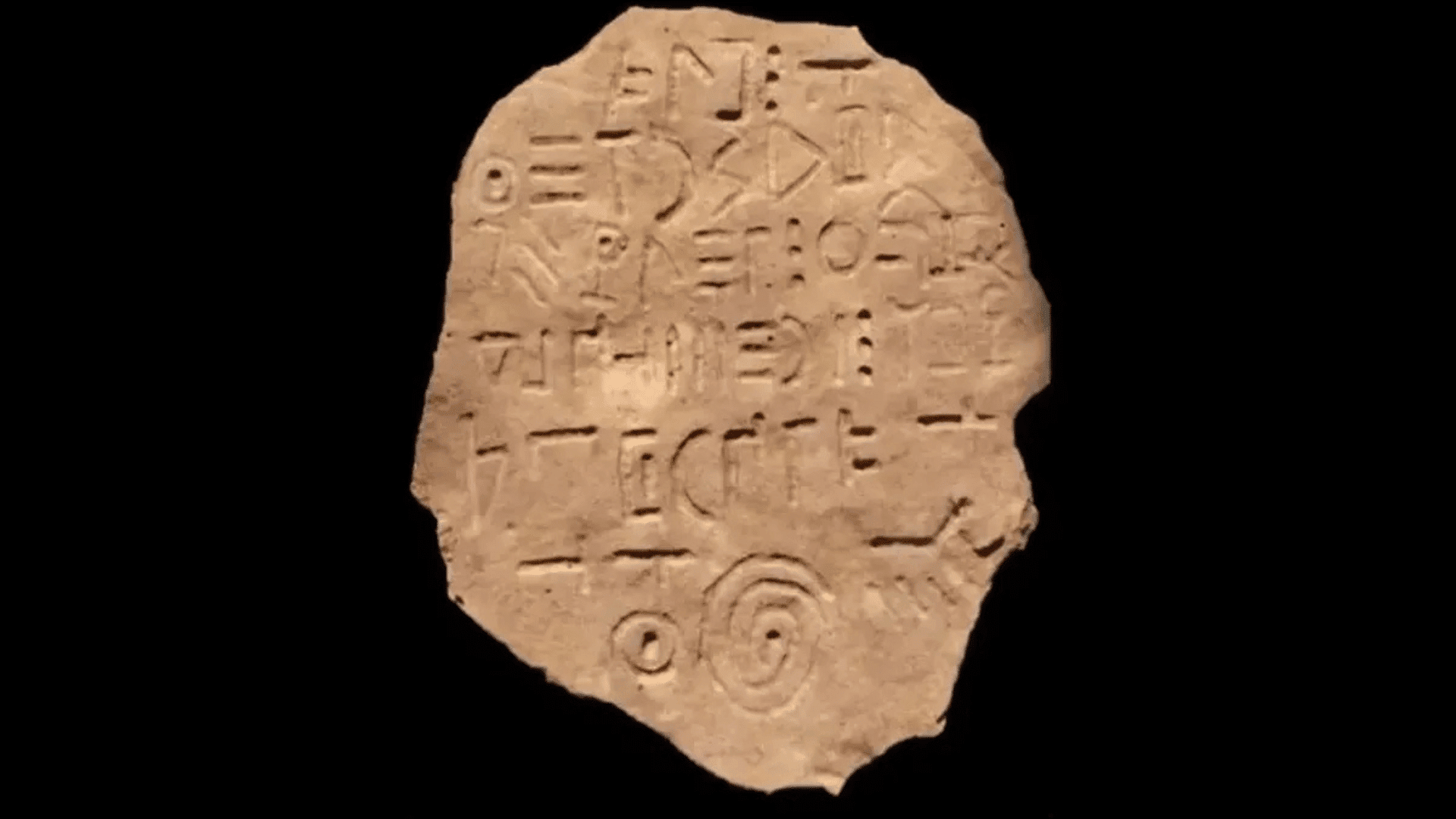Fishermen in the Dmanisi region of Georgia discovered a stone tablet bearing an ancient inscription in a never-before-seen language.

Though researchers are unsure about the exact origins of the text and stone inscriptions, they speculate that they date back to the Late Bronze Age or Early Iron Age. Local anglers found the tablet when out on the Bashplemi Lake in the autumn of 2021.
The research team originally studied the basalt tablet by comparing it to dozens of other ancient languages in an attempt to identify written traditions or the origins of its authorship. After comparing the inscription to more than 20 other ancient written languages from across the Middle East and Mediterranean, study authors concluded that the signs bore the strongest resemblance to the Proto-Kartvelian script – which appeared in the fourth millennium BCE in Georgia and Iberia.
“Generally, the Bashplemi inscription does not repeat any script known to us,” write the authors of a new study about the perplexing artifact. “However, most of the symbols used therein resemble ones found in the scripts of the Middle East, as well as those of geographically remote countries such as India, Egypt and West Iberia.”
Researchers also identified 39 unique symbols, several of which are repeated to give a total of 60 characters including numbers and punctuation marks. The symbols are arranged into seven lines or registers and the text appears to flow horizontally though it’s unclear whether it’s meant to be read from left to right or vice versa.
The study also noted a resemblance between the language and other Bronze-Age Georgian symbols known as the Colchian runes and the Georgian Mrgvlovani alphabet. Additionally, the researchers explain that “some similarities with Phoenician, Aramaic and Greek alphabets are not surprising as their role in the region and their relations to local scripts are well-known.”
Microscopic analysis of the tablet caused the team to conclude that the inscriptions were made using a conic drill to outline the contours of each letter, before these notches were then joined up “using some smooth and round-head tool.” According to the researchers, the undeciphered contents of the text “may represent military spoils, an important construction project, or an offering to a deity.”







